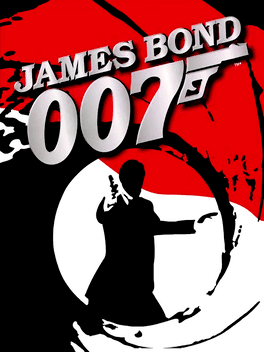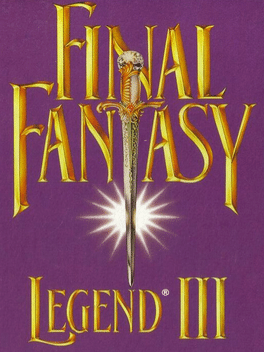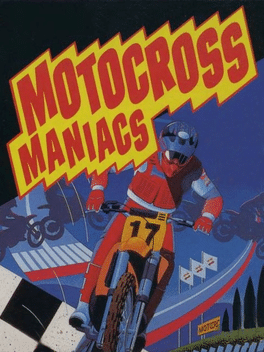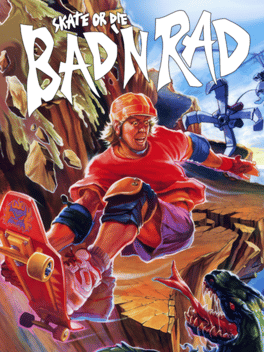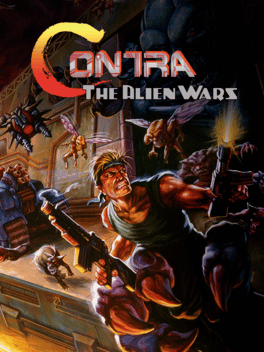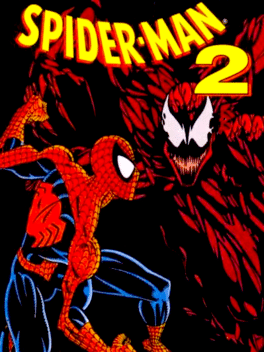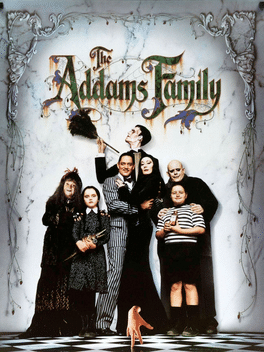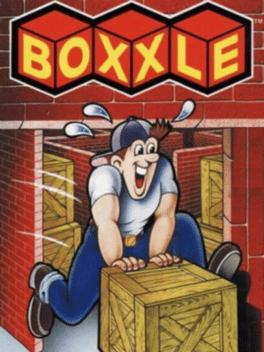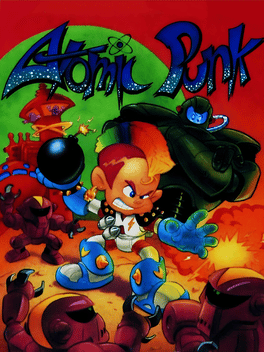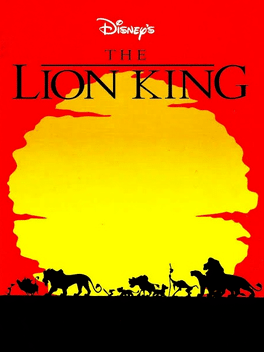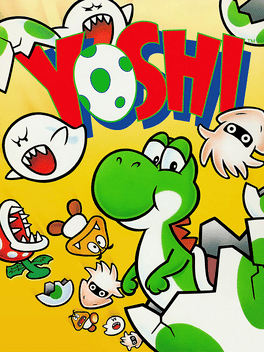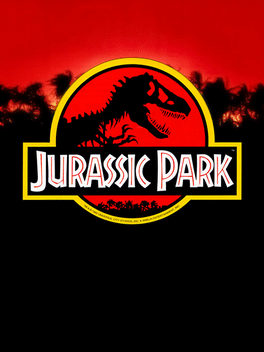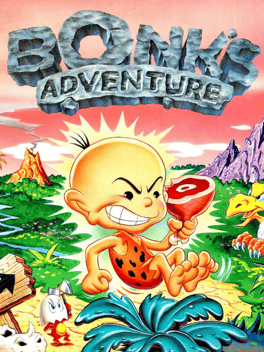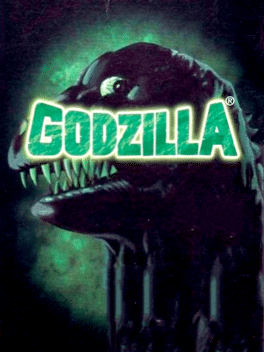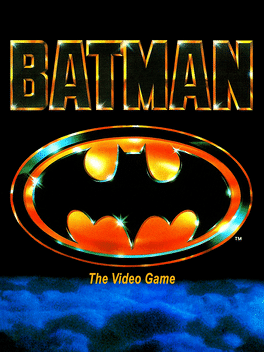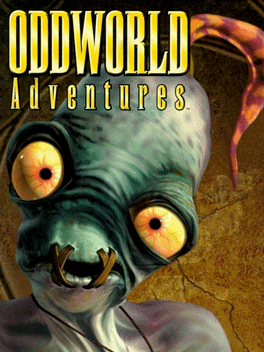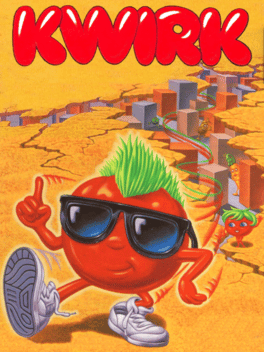Most Popular Game Boy Games - Page 2
-
James Bond 007
1998
-
Final Fantasy Legend III
1991
star 7.8Millennia ago, a fierce battle was waged for control of an idyllic world known as Pureland. After much fighting, the brave warriors of Pureland were protectively sealed in their own dimension, away from the rest of the universe. This was done by means of Talon, a powerful space craft capable of traveling through both time and space. Centuries have passed and the would-be master of Pureland have managed to create a rift in the galaxy, sending the Pureland Water Entity to devour all that stands in its path. You must journey through past, present, and future to find the 13 pieces of the now-divided Talon. Only then can you save the universe from total destruction. -
The Amazing Spider-Man
1990
star 5.9The Amazing Spider-Man is a side-scrolling action game. Spider-Man can use his web making abilities to either hang from the ceiling or shoot webs out like bullets, but most of his attacks are punches or kicks. Also included are two vertical-scrolling building climbing segments in which Spider-Man has to avoid enemies and falling objects which try to knock him down. His spider sense rings a few moments earlier so you have enough time to react. -
Motocross Maniacs
1989
Motocross Maniacs
1989
star 6Motocross Maniacs is a side-scrolling motorcycle racing game developed by Konami. -
Battletoads
1991
Battletoads
1991
star 6.9Battletoads for the Game Boy (not to be confused with Battletoads in Ragnarok's World, which is a port of the NES game) is the second game in the Battletoads series. -
Skate or Die: Bad 'N Rad
1990
star 5Skate Or Die: Bad'N Rad is a Jump'N Run that consists of 7 levels, three of which are viewed from a top-down perspective. The side-scrolling levels play similar to other Jump'N Runs, as you have to avoid obstacles and kill enemies by jumping on them. However, since you are on a skateboard, speed plays an important role, meaning that you cannot immediately stop and sometimes need to drive at full speed to manage wider jumps. The top-down levels play more similar to other Skate Or Die games as gradients influence your driving while you are trying to avoid obstacles, enemies and deadly spikes. -
Contra: The Alien Wars
1994
star 6.9Welcome to 2636 the year the notorious Red Falcon gets even-with an unprecedented alien onslaught orchestrated to push the Contra forces to their ultimate reaches. Plunge through a molten massacre on a high speed voyage to the guts of the archenemy alien. Check out the side and top perspectives that engulf you in a 3-D sensation. Pick off solar slimedogs while you scale over walls swing from girders and ropes whatever it takes to defeat Red Falcon's allies. Sweat through five gut-splitting stages including the Streets of the Neo City and the Mucho Grande Badlands. -
Disney's Hercules
1997
-
The Amazing Spider-Man 2
1992
star 5.9This is the second Spider-Man adventure to land on the Game Boy. One day, Peter Parker wakes up feeling not so well. Things turn worse for Parker when he picks up the morning paper and reads that Spider-Man has been accused of commiting a robbery. So Spidey sets out on a quest to clear his name. -
The Addams Family
1992
The Addams Family
1992
star 6.3The Addams Family for Game Boy is a side-scrolling platformer based on the movie of the same name. The player takes the role of Gomez who searches for his missing family members. To find them he has to explore six different parts of the mansion, e.g. the forest or the graveyard, which are basic platform levels: the player moves from left to right while jumping a lot and avoiding enemies. In contrast to the other versions of the game he has weapons to his disposal, e.g. a throwing knife. Other differences are a unique level design and another health system: Gomez has five hearts which practically act like a life meter because every hit only takes away a part of a heart. -
Boxxle
1989
-
Atomic Punk
1990
Atomic Punk
1990
star 6.8There are four modes of gameplay in Atomic Punk, including two single player modes and two multiplayer game modes. Solo: "Game A" (known as "Bomber Boy" in the Japanese version) is similar to other games in the series, with a few differences. Power-ups, known as panels, which are usually gained in each level and carried over from one to the next, can also be bought from a store by using GP, which is collected depending on how much time it takes to complete a level and how many blocks are destroyed. At the beginning of each round, the player decides which panels to use to complete the round. Another difference is that the linear gameplay of the original, with the player advancing levels after completing each one, was changed to implement a world map with nine locations. The second game mode, "Game B" (known as "Bomber Man" in the Japanese version) is the same as that in the original Bomberman game, but the stage area is squared rather than rectangular and the screen is always centered on Bomberman rather than scr -
Yoshi
1991
-
Jurassic Park
1993
Jurassic Park
1993
star 5.9Jurassic Park is a 1993 video game based on the film and novel of the same name. It was developed and published by Ocean Software for the Nintendo Entertainment System and ported to the Nintendo Game Boy. -
Bonk's Adventure
1992
Bonk's Adventure
1992
star 6.9Join Bonk on his all new adventure as he travels through the savage dinosaur land in search of the beautiful Moon Princess! The slimy King Drool, has kidnapped her! Now Bonk has to use his head (literally), to save the princess and the kingdom! Use powerful head-butts to blast King Drool's fools off the map! Spring off the local flowers to gain altitude on your enemies. Knock heads with nasty beasts to prove who's king of the jungle! Explore an incredible realm filled with monsters, traps and the toughest kid from prehistoric times, BONK! -
Godzilla
1990
Godzilla
1990
star 4.9Godzilla is a Game Boy video game developed by Compile. Although it was released in 1990 (1991 in Europe), all of the monsters are from the Showa generation. The game is a port of an edition from the MSX console. Also the international version is slightly different from the Japanese version (different in-game character designs and behavior of the enemy characters). Various monsters that Godzilla had previously defeated, have kidnapped his son, Minilla, and hidden him somewhere inside the Labyrinth of Matrix. It is up to Godzilla to fight the monsters' attacks and solve their many puzzles, all while navigating a much larger maze. Monsters- Godzilla: The first playable character. He must punch boulders through 64 levels, in order to find his son. Minilla: Godzilla's son, who was captured and placed in the heart of the Labyrinth of Matrix. He is only seen in the end, and does not appear in any of the levels. Baragon: A slow moving enemy. Mechagodzilla: One of Godzilla's main rivals, with a speed that is slightly slo -
Oddworld Adventures
1998
Oddworld Adventures
1998
star 5Oddworld Adventures is a demake of Abe's Oddysee due to the Game Boy's limitations, and the game is massively shortened to just one area, the Paramonian Temple. A sequel was later released, known as Oddworld Adventures II, mostly based off Abe's Exoddus, and with many improved elements over the original. The game contains GameSpeak actions, though they are used only in a single puzzle in the game, and there are only four, as the Game Boy has far less buttons than the PSX controller. The four GameSpeak actions are farting, a high whistle, a low whistle and chanting. Instead of having a save option, the game has a five letter password feature. In this game, chanting is activated by pressing and holding the Select-button. If there is nothing to possess on the screen, Abe will make a grunt, indicating that there is currently no use in trying to chant in that area. Abe still has the ability to sneak by pressing up on the D-pad while moving left or right. -
Kwirk
1989
Kwirk
1989
star 6.9Kwirk has three game modes: Going Up?, Heading Out?, and Vs. Mode, each one with its own set of rules. The object is to get from one end of the room to the staircase on the other by rotating turnstiles, moving blocks, and filling holes with blocks. Kwirk has three skill levels: Level 1 - Easy, Level 2 - Average and Level 3 - Hard. After, one of two viewpoints may be selected: Diagonal or Bird's Eye. In Diagonal view, characters and blocks have shadows and appear in crude 3D, whereas in Bird's Eye view everything is 2D, viewed from the top down. The three skill levels and two viewpoints are featured in all three game modes.
